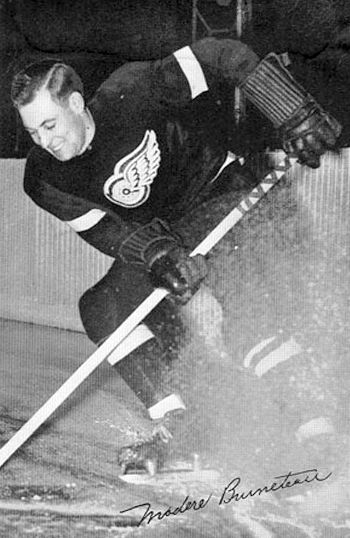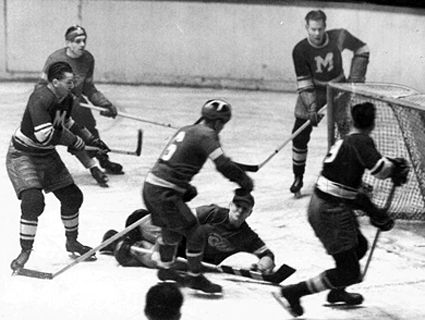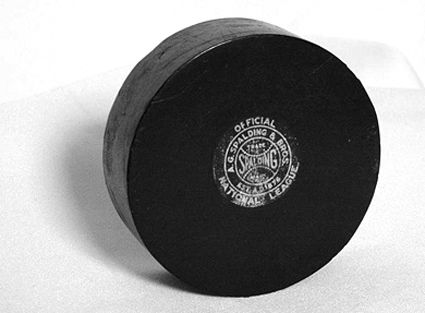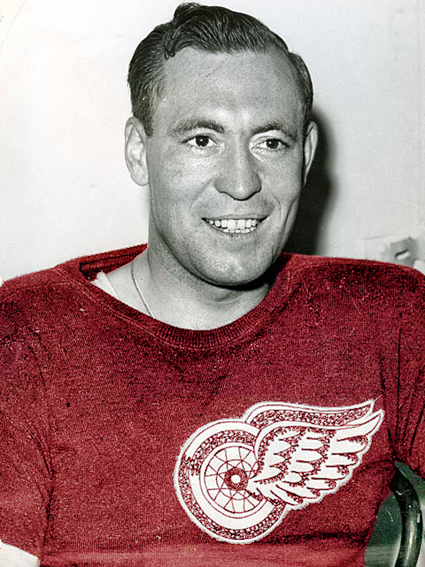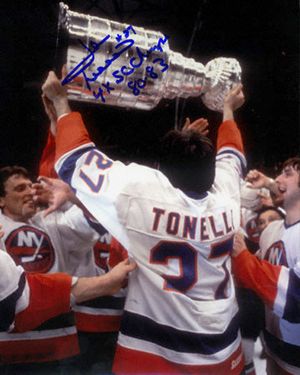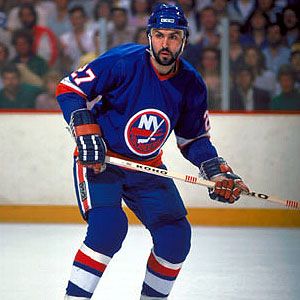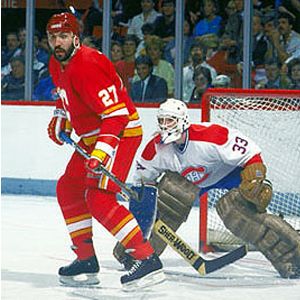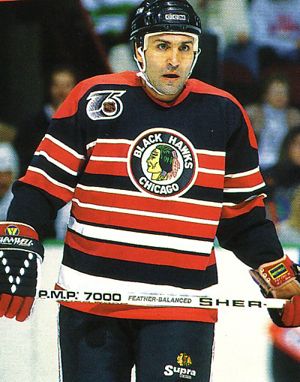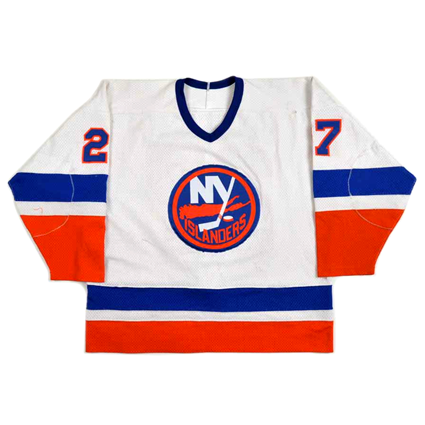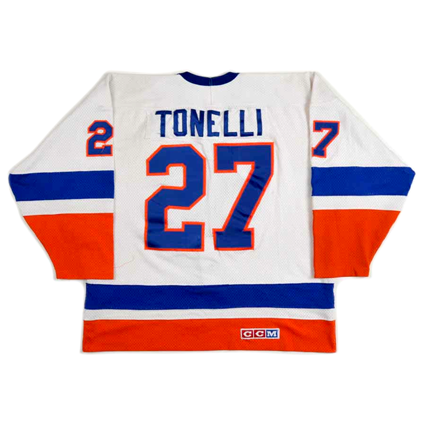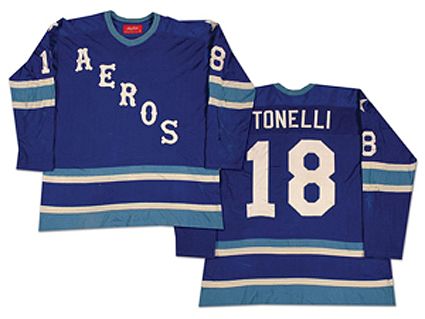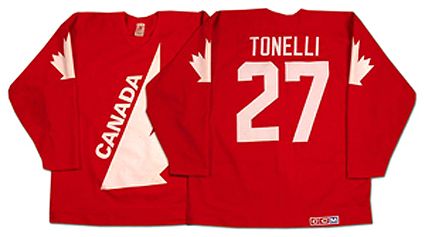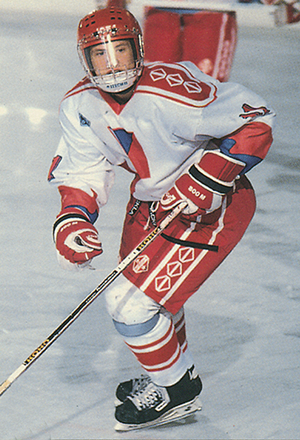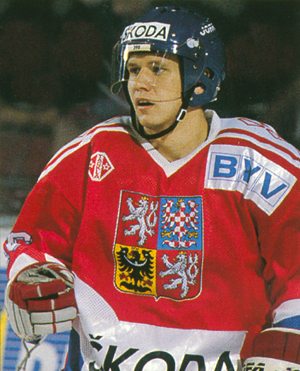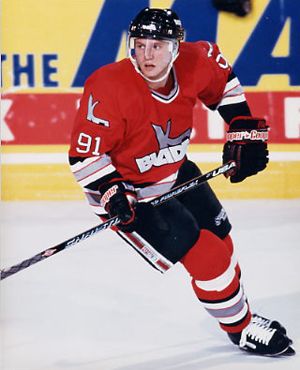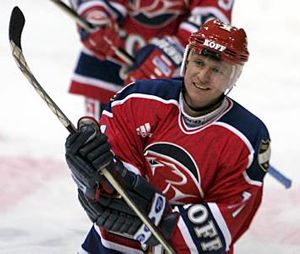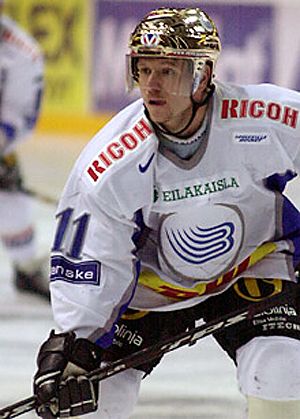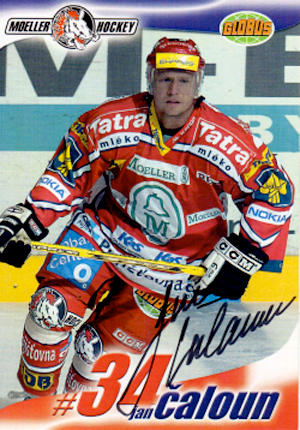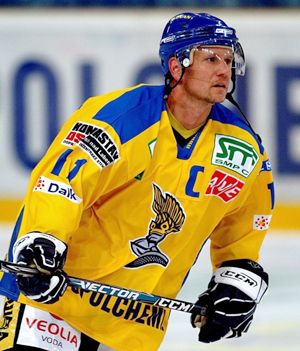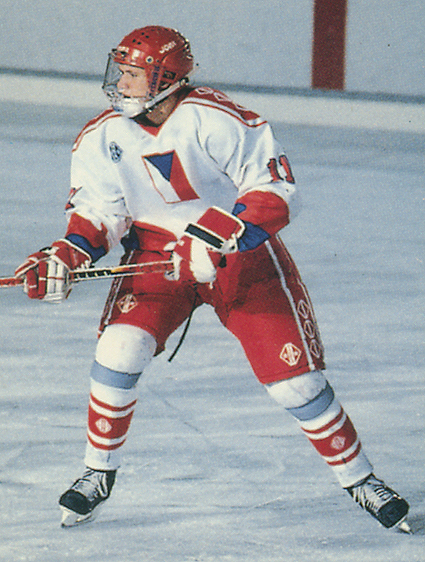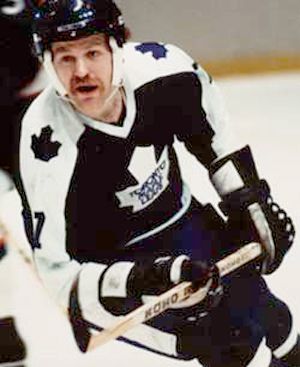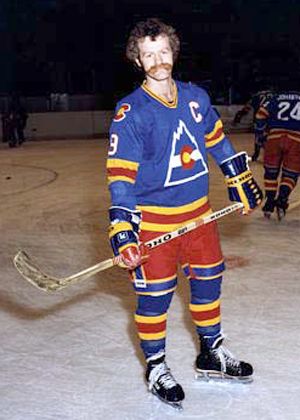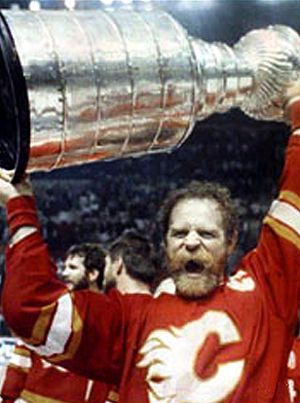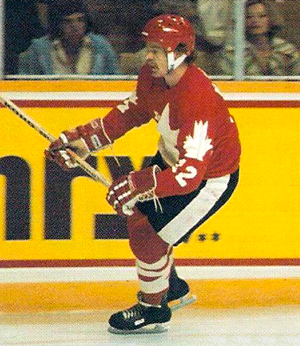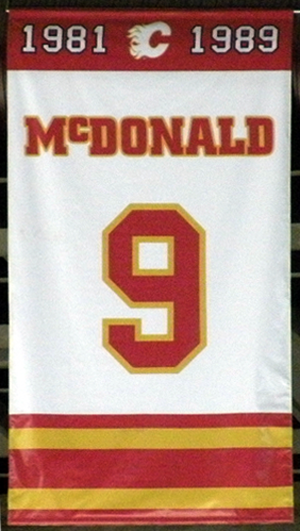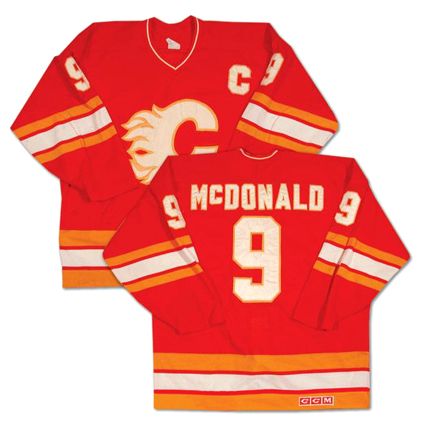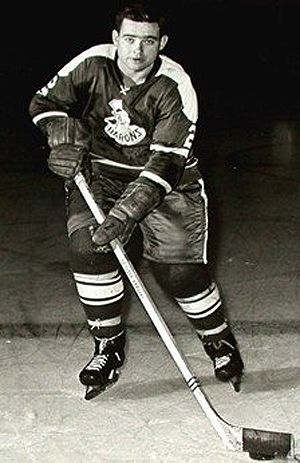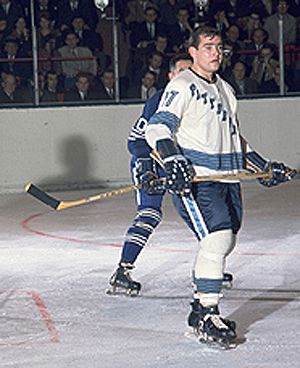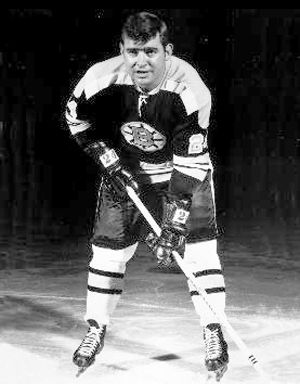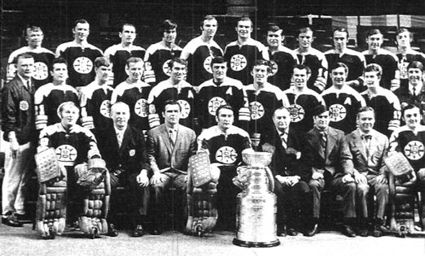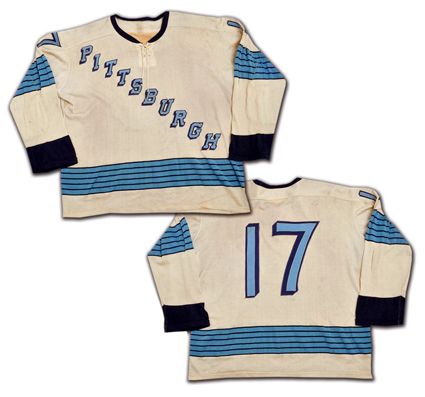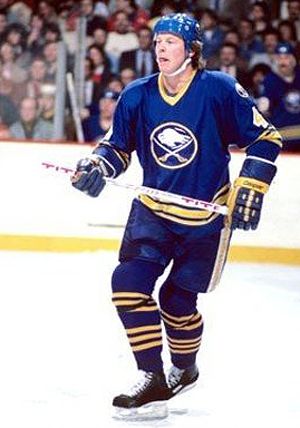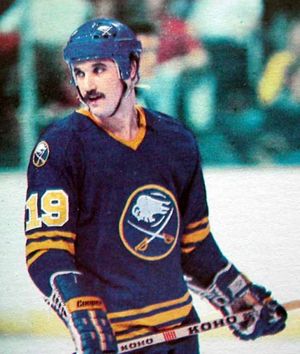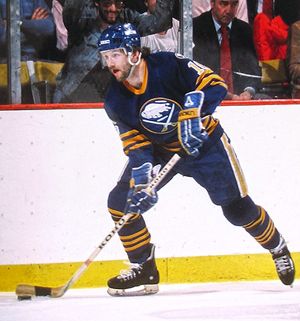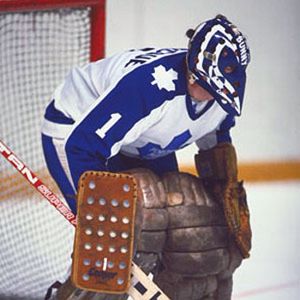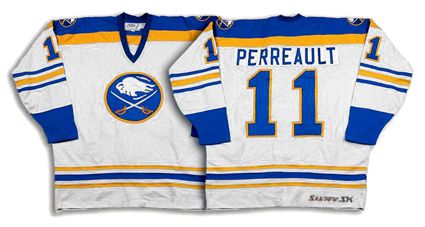Saturday, March 24, 2012
1935-36 Detroit Red Wings Mud Bruneteau Jersey
Friday, March 23, 2012
1982-83 New York Islanders John Tonelli Jersey
Thursday, March 22, 2012
1992 Czechoslovakia Jan Caloun Jersey
Wednesday, March 21, 2012
1989-90 Calgary Flames Lanny McDonald Jersey
Tuesday, March 20, 2012
1967-68 Pittsburgh Penguins Bill Speer Jersey
Monday, March 19, 2012
1980-81 Buffalo Sabres Gilbert Perreault Jersey
Sunday, March 18, 2012
2012 NHL General Managers Meetings
To us, hockey has always been a game of speed and flow, with high tempo games featuring end-to-end rushes making for the best games. Personally, we’ve been very pleased with the brand of hockey played since the return of the NHL following the lockout and the rule changes adopted at that time, the majority of which were designed, as commissioner Gary Bettman prefers to say, “to increase scoring chances.”
But somehow the hand pass rule survived the revamping of the game at the time of the Shanahan Summit.
The first issue we have with allowing the defensive hand pass is that it helps the defense decrease scoring chances. The second issue is that it’s legal at one end of the ice but not the other. If it’s deemed illegal on 2/3rds of the playing surface, why allow it on the rest? That just seems wrong.
The main problems we have with the defensive hand-pass is that it is the worst looking play in all of hockey. It’s an aesthetic nightmare to watch. Awkward at best, and ugly at it’s most common, the hand-pass is also contrary to the most basic, elemental point of the grand game of hockey, to advance the puck toward the other team’s goal with one’s stick.
We once brought this up with Commissioner Bettman himself during his weekly radio show, The NHL Hour with Commissioner Gary Bettman (12/11/08), and he stated “you’re absolutely right” and said it was something that had been discussed and probably would be on the agenda at the spring (2009) general manager’s meeting when they discussed rule changes. He went on to say it was not the first time this had been discussed as a suggested rule change and “that it was not as skilled a play as we like to see our game played” and “an excellent point.” and Co-host Bill Clement agreed. Obviously the rule was not overturned at that meeting or any subsequent ones.
The reason the hand-pass was originally allowed in the defensive zone was due to teams on the penalty kill deliberately making hand passes in order to get a whistle, which would allow them to get a cheap line change and likely the thinking behind keeping the rule in place.
This caving in to deliberate rule breaking was where the league erred in the first place, as the solution then, as it is now, would be to call any hand-pass by a team while shorthanded in their defensive zone a delay of game penalty. Under our proposal, the offending team would also be required to keep all of it’s remaining players on the ice at the time of the penalty, removing any incentive to attempt a hand pass to get a line change.
With a team already down a man, an additional man in the box under this proposal would lead to the desired “increased scoring chances” on the subsequent two man advantage, which should please the league and it’s fans.
The defensive hand pass doesn’t happen with great frequency, but when it does, it’s the visual equivalent of fingernails on a chalkboard and we really feel it’s a good idea to remove the worst looking play in hockey in order to maintain the integrity of one of the game’s most basic elements, advancing the puck with the stick, and stop capitulating to the deliberate rule breakers.
As Clement said, “It’s an ugly play. Get rid of it.”
Sadly, the rule did not have enough traction this time in order to get a recommendation from the General Managers, but we are more than pleased to hear an actual NHL GM not only propose banning the hand pass, but adopting the two minute minor as well. Hopefully this is not the end of it, and the issue will be revisited and gain enough traction next time around that it will sometime in the not too distant future be not only recommended, but adopted as well.

